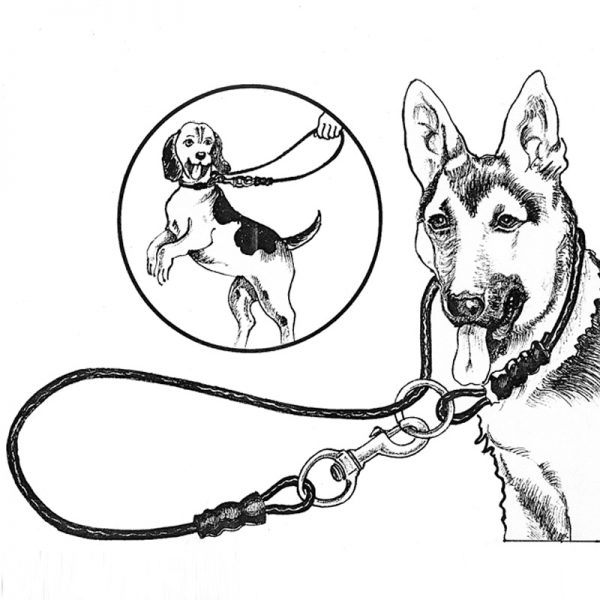

Because I like a crisp snare drum sound, the batter head is set around 85 and the snare side head is set around 80. In most situations, I set my initial head tensions with a Drum Dial. Head Tuningįixing difficult snare drums can sometimes be as easy as tuning the heads.
SNAPPY SNARE HEAD SERIES
I think the Diplomat Fiberskyn batter head sounds more “open” on this drum than the Aquarian American Vintage Series heads. Especially if you traditionally use Remo drumheads. Remo makes a Classic Fit size in Ambassador (Clear, Coated, Ebony) and Diplomat (Fiberskyn)weights for batter heads and a Classic Fit hazy snare side head. The shallow step design collar doesn’t require the head to seat as low on the drum shell.

Classic Fit drumheads have a slightly narrow flesh hoop and step design. UPDATE: I just replaced the Aquarian American Vintage Series heads with Remo Classic Fit heads. If standard heads do not fit properly, I will go with the American Vintage Series. They have a vintage coating that is slightly thicker and has the look of a calfskin head. The American Vintage Seriesdrumheads have a slightly larger hoop diameter to allow for an easier fit on most older American made drums that have a hard time fitting conventional heads. The batter heads come in single-ply thin (7mil) and medium (10mil) weights. The best solution has been to use Aquarian American Vintage Series heads. So spare me the lecture about bearing edges.Ĭonsequently, standard 14″ heads just do not fit properly. It is virtually impossible to rework the bearing edges since it is a metal shell. Out of Round Metal ShellsĪnother thing about selecting heads is what to do with a drum shell that is not perfectly in-round? I have a wonderful 1958 Super-Ludwig Model 401 lacquer-over-brass drum that at some point must have gotten damaged and out-of-round.

But if I need more snare response I will use 2 mil Evans 200 Snare Side or Orchestral 200. I recommend Aquarian Classic Clear Snare Side or Evans 300 Snare Side. Snare side heads are a little easier to select. Rather than just use the same batter heads I normally use, I discovered the need to try different heads and let the drum decide what sounds the best. It all depending on if I need more or less response and resonance. But I have also successfully used thin 7 mil Evans Orchestral Staccato or Strata 700 Staccato and even 2-ply medium heavy 12.5 mil Evans HD Dryheads. Frequently, I select medium 10 mil thickness heads such as Aquarian Focus X or Evans Genera coated. I don’t like sticking anything on my heads such as Moongels etc. I generally select single-ply coated heads with some type of built-in overtone ring control. Snare batter heads need to be responsive and control overtones. Here are some tips and trick I use fixing difficult snare drums so they sound great.

But before I gave up and got rid of the drum, I decided to get creative and approach those drums differently. So I would start over again – doing the same things I did the first time. I initially approached these difficult snare drums the same way I would any of my other snare drums.
SNAPPY SNARE HEAD HOW TO
But rather, how to fix difficult snare drums? Considerations such as the type and thickness of drum heads, out of round metal shells, batter and snare side head tuning, snare wires and even rims. The focus of this article is not about the “basics” of tuning a snare drum. But others required a lot more effort and imagination. Many of my snare drums sound great with little to no effort.


 0 kommentar(er)
0 kommentar(er)
